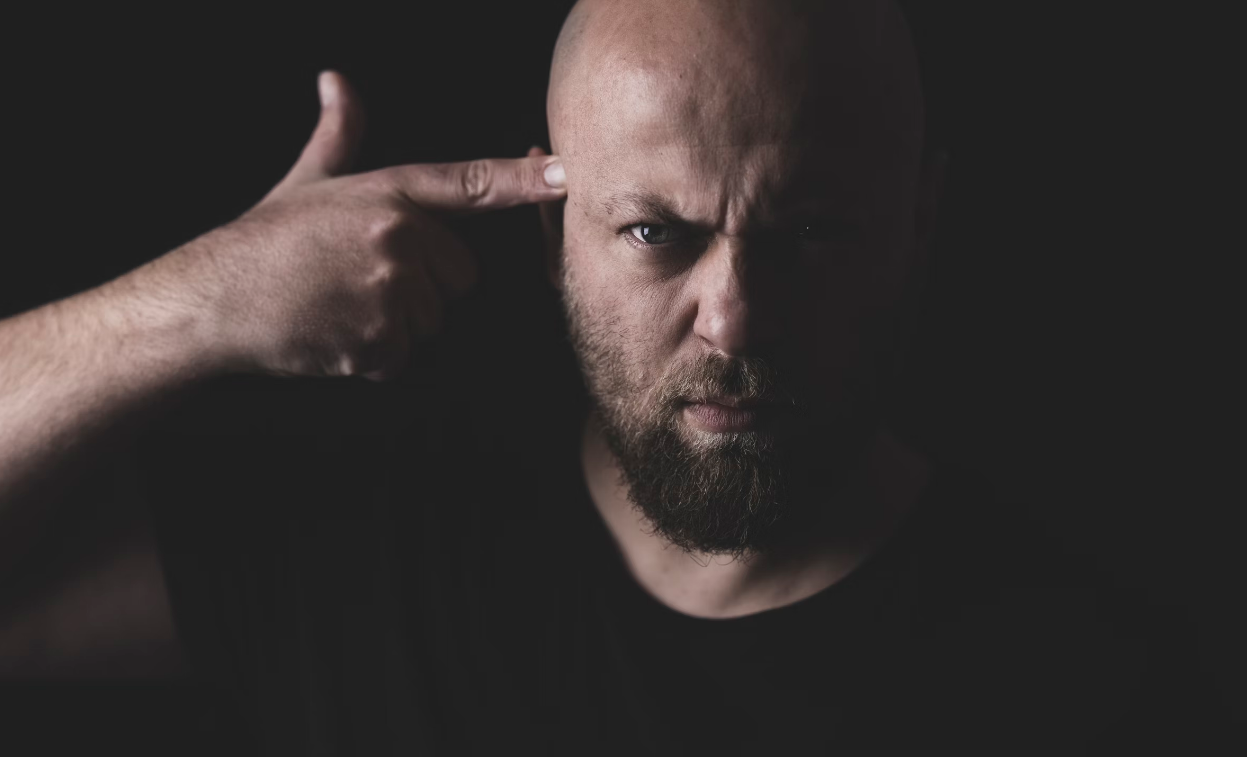
No, I’m not showing you a picture of a penis transplant! Here is a beautiful picture of South Africa’s landscape.
First heart transplants and now penis transplants! Maybe it’s the ocean air, maybe the bucolic African terrain, or maybe it’s the hardy souls who live there, but South Africa has done it again. The first working interhuman penis transplant. Urination? Check. Sexual function? Check. A veritable functioning Frankenpenis.
Big Cojones
Christiaan Barnard performed the first human heart transplant in South Africa in 1967. Beat out Texas and Stanford by a couple months. Now they’re at the leading edge of urology with this spectacular sequel. You might even say, noting utmost importance of this particular male organ, that it’s a breakthrough in brain surgery.
Although it could be construed as being conceived out of thin air, there’s much more to building a penis than you might imagine. Yes, a single successful 9-hour penis transplant represents years of effort, engineering and experience. But it also needs the right context. Not to confuse penises and food, but in the words of chef Anthony Bourdain:” Context and memory play powerful roles in all the truly great meals in one’s life.” Maybe great food and great medicine are similar in this way.
Bodies of Knowledge
The recipe for medical innovation is well known. You need the right people along with the right environment to make things happen. So what is the medical context that underpins this innovative work?
- South Africa has a history of having the personalities and the medical need (250 botched male circumcisions requiring penile amputation annually) to feed the fire of innovation.
- Urologists have been performing penile “replants” (putting severed penises back on the owners’ body) successfully for decades.
- Microsurgery (my favorite) has greatly improved over the last several decades, now allowing the tiniest vessels and nerves to be reconnected.
- This work piggybacks on the incredibly innovative and complex science of facial transplants. Such procedures can take 30 hours and involve 150 medical professionals.
- Novel advances in anti-rejection drugs are now available to keep the transplant firmly planted.
Frankenpenis
In addition, at least two unique hurdles were overcome here: 1) solid psychological screening of the patient to prevent personal “rejection” of the organ (as a prior penile transplant in China was subsequently removed after patient insistence) and, 2) finding the right size donor organ and finding it in a culture in which relatives of deceased donors feel uncomfortable giving permission for sex organ donation.
Is this a technical tour de force of microsurgery? You bet. Makes me proud to call myself a microsurgeon. Is it a great example of how cross-fertilization of knowledge provides critical context for medical innovation? Yup. And that, my friends, is the real lesson for me as we build our team to develop the artificial testicle and “man made sperm”: keep your eyes wide open, as innovation comes from within, and all around.
The post How a Frankenpenis Helps Medicine appeared first on The Turek Clinic.
SOURCE: The Turek Clinic – Read entire story here.




